Achieving fuller, more defined lips has become a popular aesthetic goal in recent years, with…
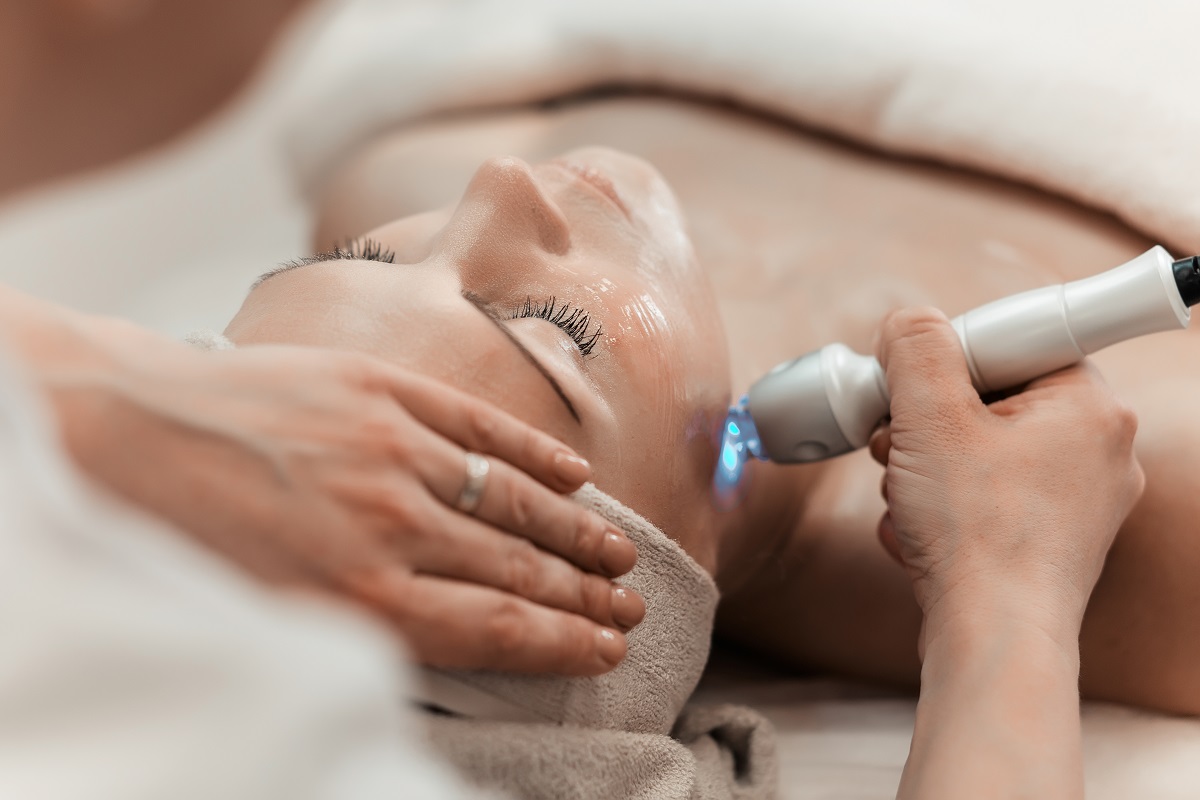
Look Young with These 4 Non-Invasive Facial Treatments
As we age, our skin loses the elasticity it needs to hold its shape. Eyelids droop, the neck sags, cheeks hollow, and wrinkles form, making you look tired. Your complexion becomes uneven and dull as well due to the accumulation of dead skin cells. Age spots appear, which makes your skin seem sallow and unhealthy.
Thankfully, the world of cosmetics offers several ways to make you look younger. A little nip and tuck, and your skin becomes as tight and smooth as it was during your 20s. However, many people are wary of undergoing a cosmetic operation. They don’t want to go under the knife because they’re scared of the pain or that something might go wrong with the procedure.
Luckily, technology has allowed the field of cosmetic surgery to evolve. Now, there are minimally invasive and non-surgical procedures for people who don’t want to go under the knife—these work just as effectively as surgical treatments, if not more. Plus, the risk of complications is far lower compared to undergoing an operation.
There are several kinds of non-surgical cosmetic procedures for younger-looking skin, targeting different areas of the face that commonly show signs of aging. Below are four popular non-invasive facial treatments that give you a youthful glow.
Botulinum Toxin (Botox)
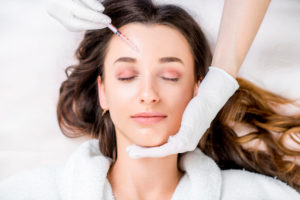 Botox is the most common type of no-knife beauty procedure in America, with 7.23 million procedures in 2017, and the numbers continue to rise. Botulinum toxin type A, or botox, is an injectable drug that freezes the muscles. It is approved by the Food and Drug Administration (FDA) as well as the American Osteopathic College of Dermatology (AOCD).
Botox is the most common type of no-knife beauty procedure in America, with 7.23 million procedures in 2017, and the numbers continue to rise. Botulinum toxin type A, or botox, is an injectable drug that freezes the muscles. It is approved by the Food and Drug Administration (FDA) as well as the American Osteopathic College of Dermatology (AOCD).
Botox provides several cosmetic and medical benefits when used correctly and in small doses. It’s best known for smoothing out frown lines, crow’s feet (i.e., wrinkles around the eyes), and the horizontal creases on the forehead. These injectables are also used on the hands, neckline, and décolletage – parts of the body that commonly show age lines. The result is smoother, bouncy-looking skin.
Apart from reducing wrinkles, botox also helps treat excessive sweating, eyelid spasms, crossed eyes, and some bladder disorders.
After the botox procedure, the drug typically takes one to three days before it takes effect. In some cases, it may take as long as five days before you can see changes. The effects last around three to 12 months, depending on the treatment.
The body usually tolerates botox injections well, so side effects are uncommon. But when you do experience some unwanted effects, they can include numbness, headaches, mild pain or swelling around the injection site, flu-like symptoms, or temporary eyelid drooping.
Dermal Fillers
The second-most popular non-invasive facial treatment is dermal fillers, with 2.69 million procedures in 2017. Soft tissue fillers are gel-like substances injected beneath the skin to restore its volume and bounciness. They are usually used to plump sallow cheeks, soften facial wrinkles and creases, reconstruct deformities, and fade scars.
Most fillers work by replenishing your hyaluronic acid levels, which is responsible for holding water in your skin. This helps make your skin appear plump, smooth, and young.
The most popular application of dermal fillers is on the lips. Due to the explosive popularity of Kylie Jenner and her signature pout, full lips have become a trend, resulting in a surge in lip filler procedures.
Note that dermal fillers don’t deliver the same results as facelifts. They’re more helpful for those with early signs of aging, such as wrinkles, fine lines, and thinning lips. A facelift is more effective for those who want to address sagging skin.
You should be able to notice changes immediately after your filler injection. It’s common to have mild bruising and swelling after the treatment, but this goes away after several days. You can go back to your routine right after the procedure. However, the cosmetic surgeon might recommend avoiding exercise and other strenuous activities for a couple of days.
The longevity of the fillers depends on the kind you used. Hyaluronic acid fillers only last around six to 18 months because the body breaks down the chemical naturally. On the other hand, synthetic fillers tend to last longer since the body does not absorb them.
Microdermabrasion
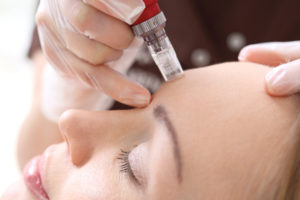 Unlike dermal fillers and botox, which are injectables, microdermabrasion is a non-invasive facial treatment. The specialist rubs fine crystals or particles of aluminum oxide or sodium bicarbonate on the skin. Then, they use a special applicator to exfoliate the surface gently, removing the outermost layer to reveal younger-looking and healthier skin.
Unlike dermal fillers and botox, which are injectables, microdermabrasion is a non-invasive facial treatment. The specialist rubs fine crystals or particles of aluminum oxide or sodium bicarbonate on the skin. Then, they use a special applicator to exfoliate the surface gently, removing the outermost layer to reveal younger-looking and healthier skin.
The exfoliation should remove and buff stretch marks, acne scars, age spots, fine lines and wrinkles, enlarged pores, and uneven skin tone. The procedure takes 30 to 40 minutes for the face and 20 for the neck.
With an experienced and highly trained specialist, microdermabrasion shouldn’t be painful. Afterward, you might experience some sunburn-like symptoms like slight swelling and a hot sensation for a few days.
The skincare specialist may recommend between five to 16 microdermabrasion sessions before you can see significant results. Depending on your skin type, you can have the treatments once a week or once or twice a month.
Chemical Peel
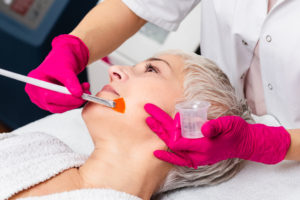 Out of these four non-surgical cosmetic treatments, chemical peels are the most convenient. Chemical peels are similar to microdermabrasion in that they both exfoliate the skin. The difference is that the latter uses physical exfoliants, such as fine crystals.
Out of these four non-surgical cosmetic treatments, chemical peels are the most convenient. Chemical peels are similar to microdermabrasion in that they both exfoliate the skin. The difference is that the latter uses physical exfoliants, such as fine crystals.
In a chemical peel treatment, a solution is applied to the face. It causes a thin layer of the skin to exfoliate and eventually peel off. This reveals smoother, younger-looking skin.
Chemical peels treat a range of age-related skin problems, including acne scars, hyperpigmentation, uneven skin tone and redness, sun damage, and wrinkles and fine lines.
Choose from a light, medium, or deep peel, depending on your skin type and lifestyle. Light chemical peels don’t require much downtime, which means you can immediately return to your normal routine afterward. On the other hand, medium and deep peels need two to three weeks of recovery time.
After the procedure, the specialist will give you instructions for proper skin care, including how to wash and moisturize your face and which products to avoid. You’ll also need to avoid excessive sun exposure while your skin is sensitive.
Some skin types are likely to develop permanent side-effects like scarring and a change in color. Pregnancy following the procedure and taking birth control pills may increase the chances of discoloration.
Whether you’re planning to get microdermabrasion, a botox injection, fillers, or a chemical peel, take time to choose the right clinic. A significant factor in the success of your procedure is the specialist performing it. You want to make sure the specialist is experienced, board-certified, and licensed to ensure your safety.
Trusted Dermatology Clinic in Kansas
An industry-recognized clinic, Vargas Face & Skin Center offers a range of cosmetic procedures targeting the face, body, and hair. We help our clients rediscover their youthful glow through painless treatments, letting you be more confident. Dr. Hannah Vargas, MD, F.A.C.S., is a board-certified surgeon focusing on cosmetic and reconstructive surgery of the face and neck.
Contact us today to schedule a virtual consultation, and we’ll discuss your options.

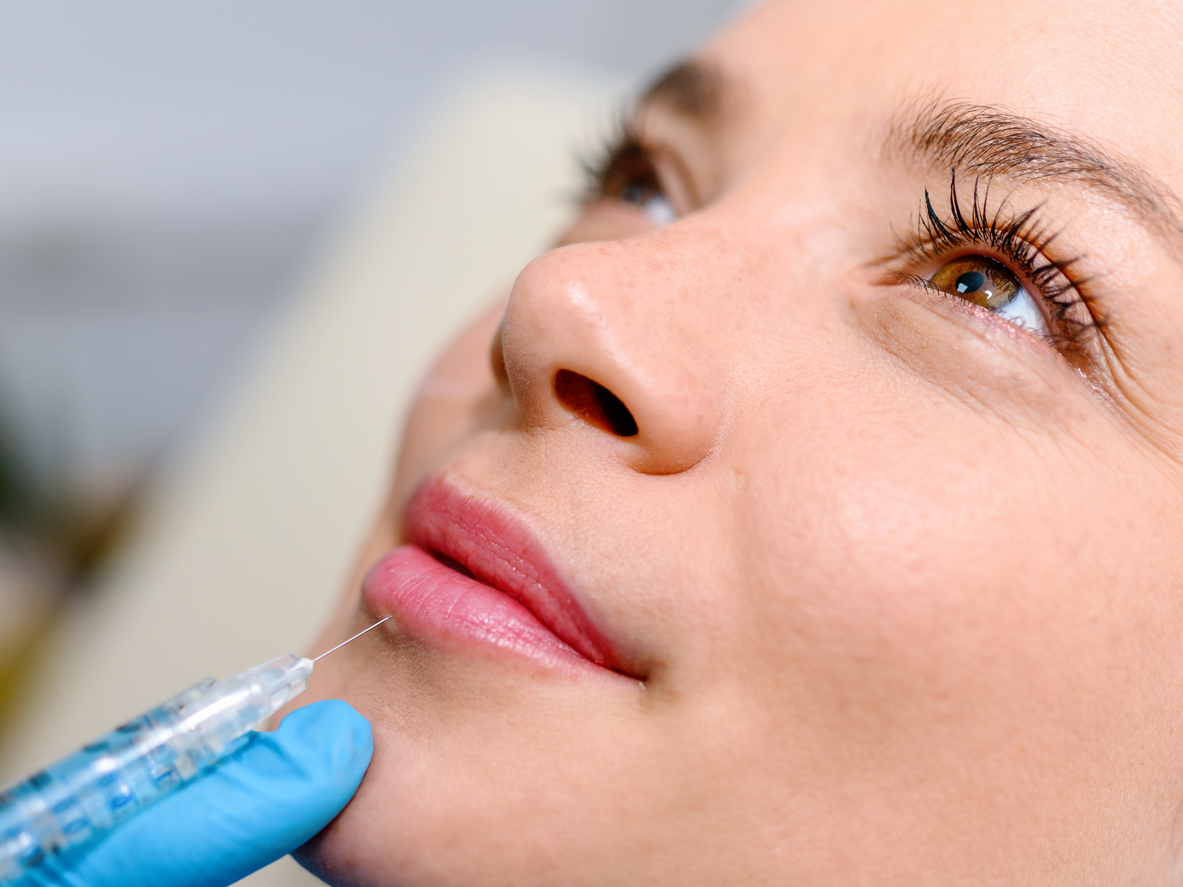





This Post Has 0 Comments